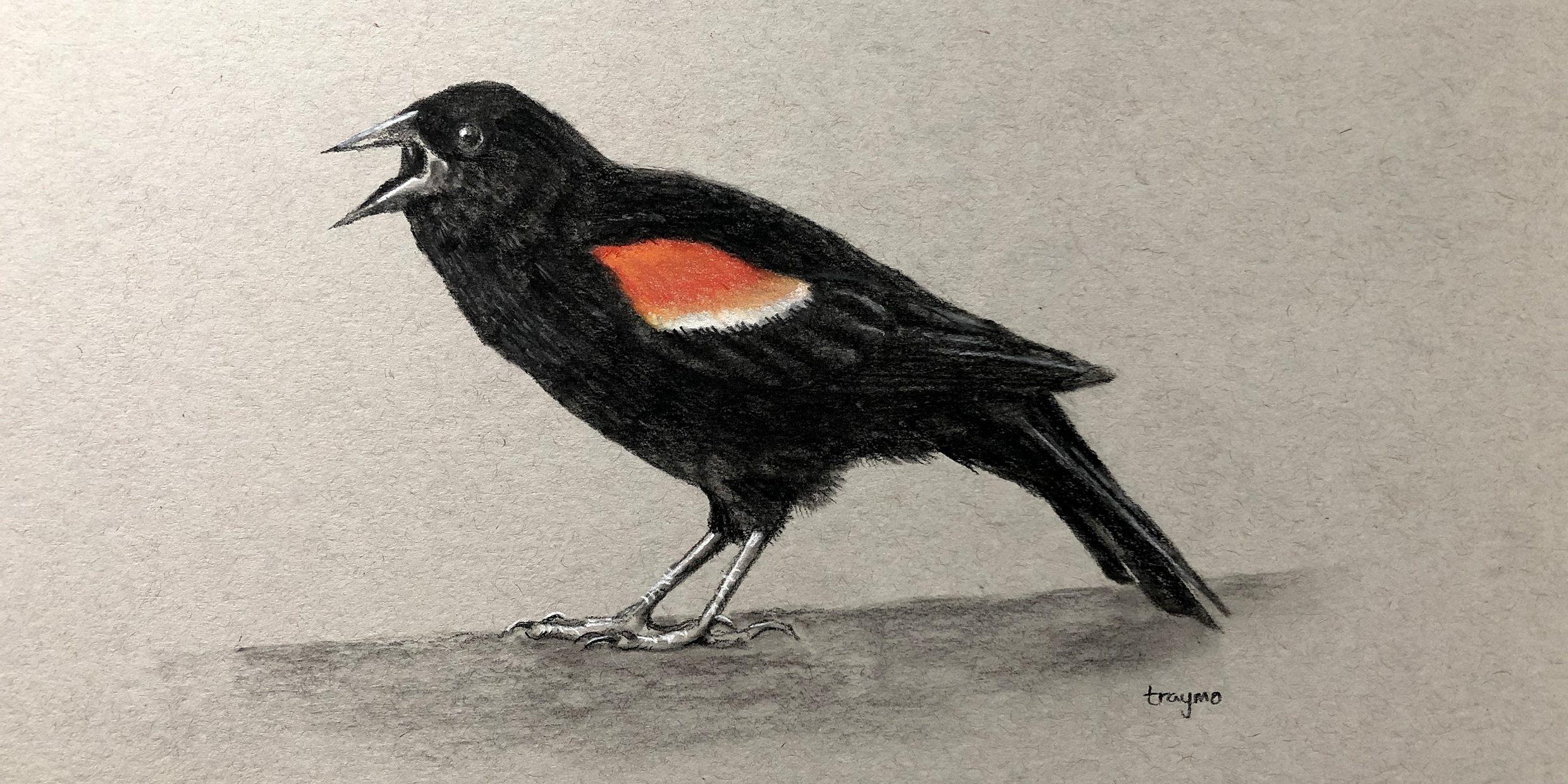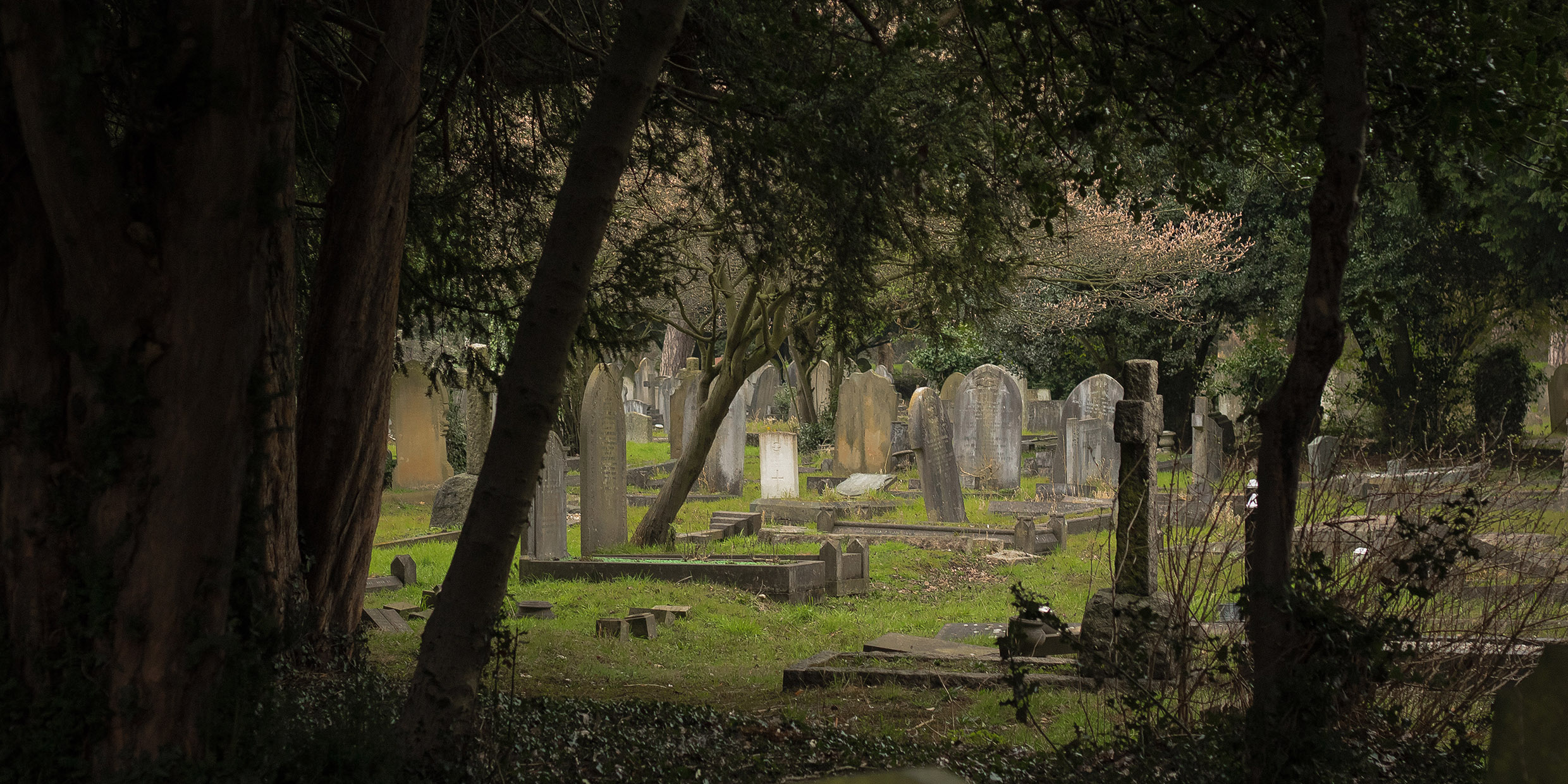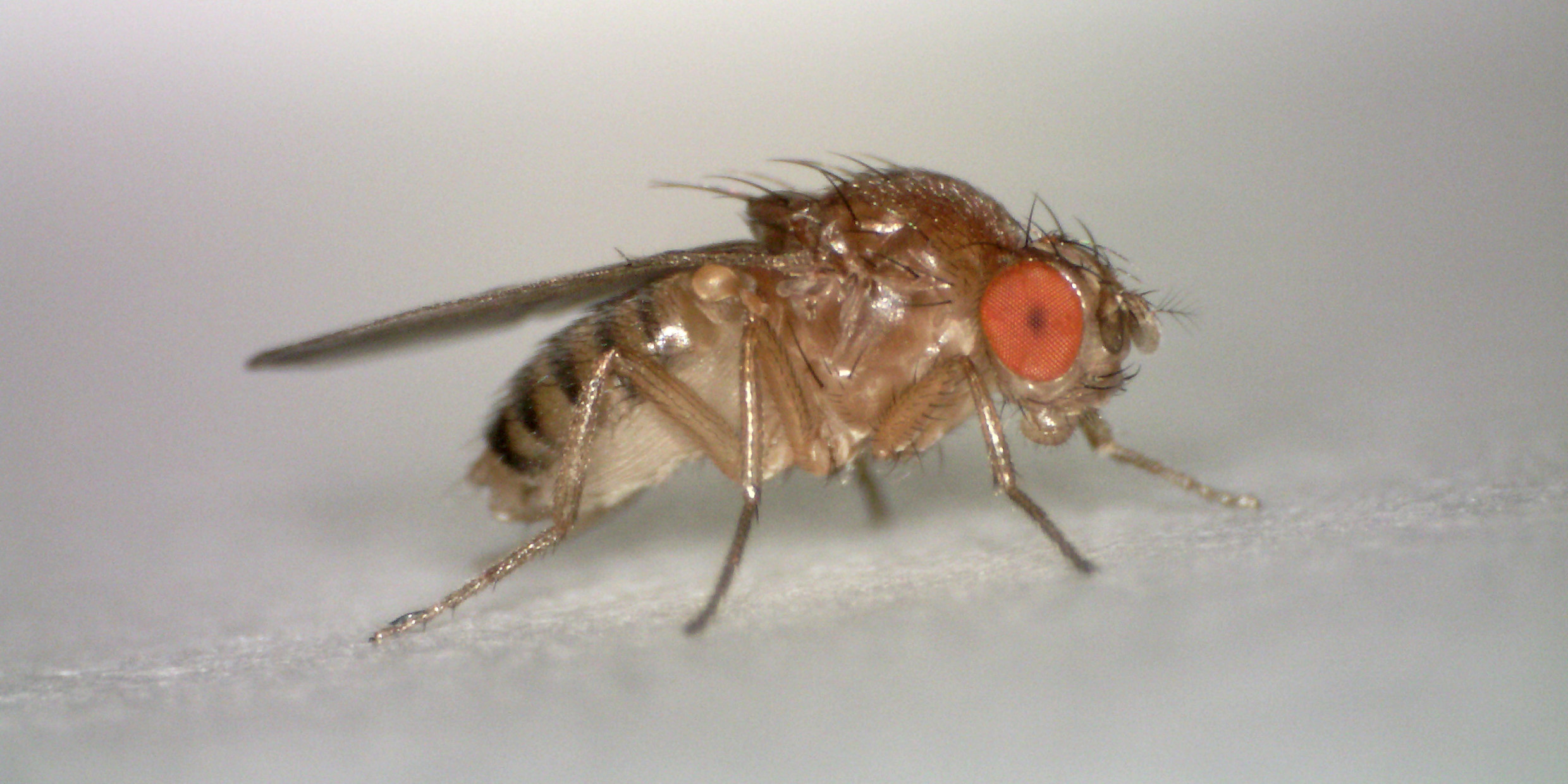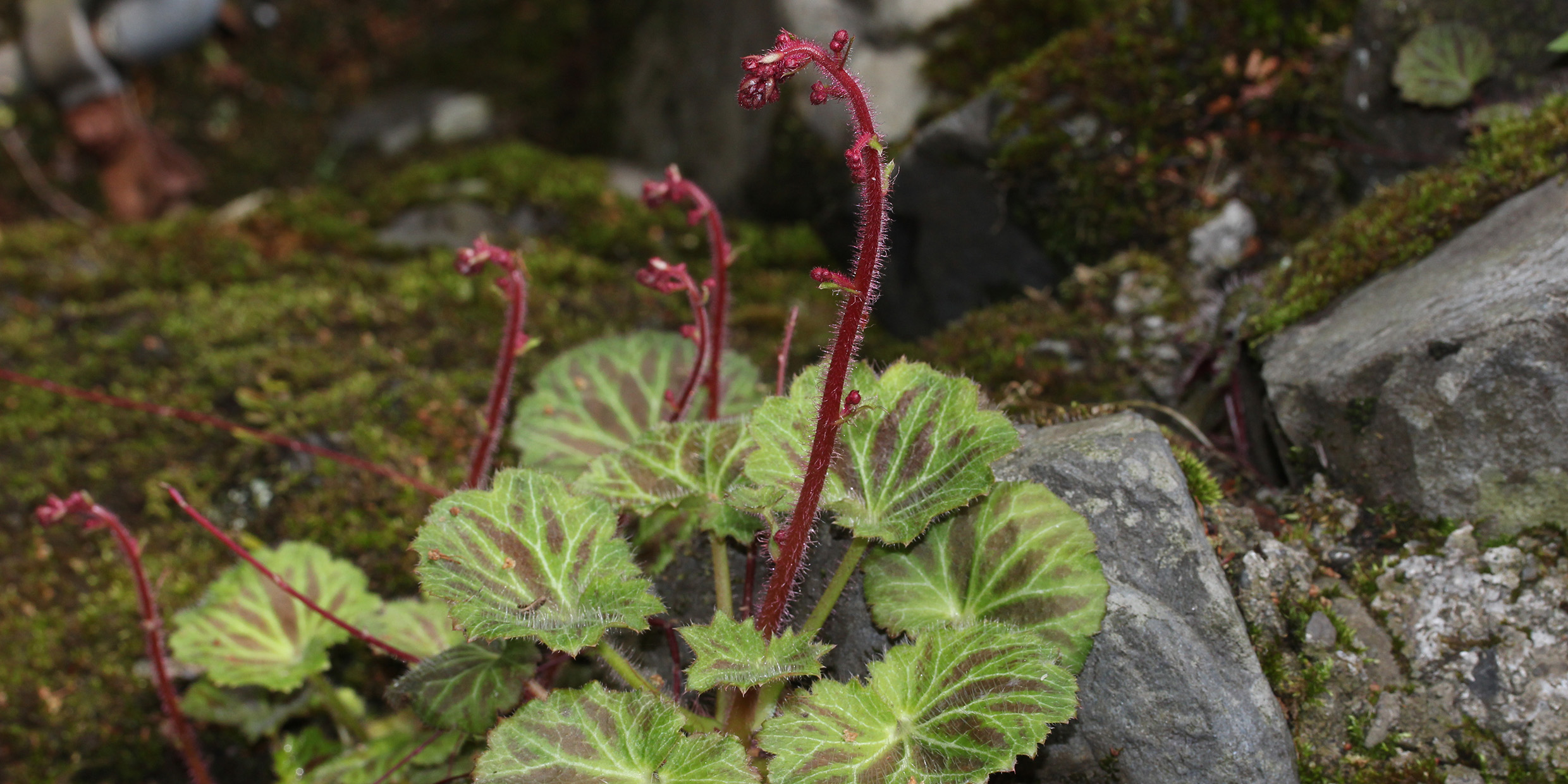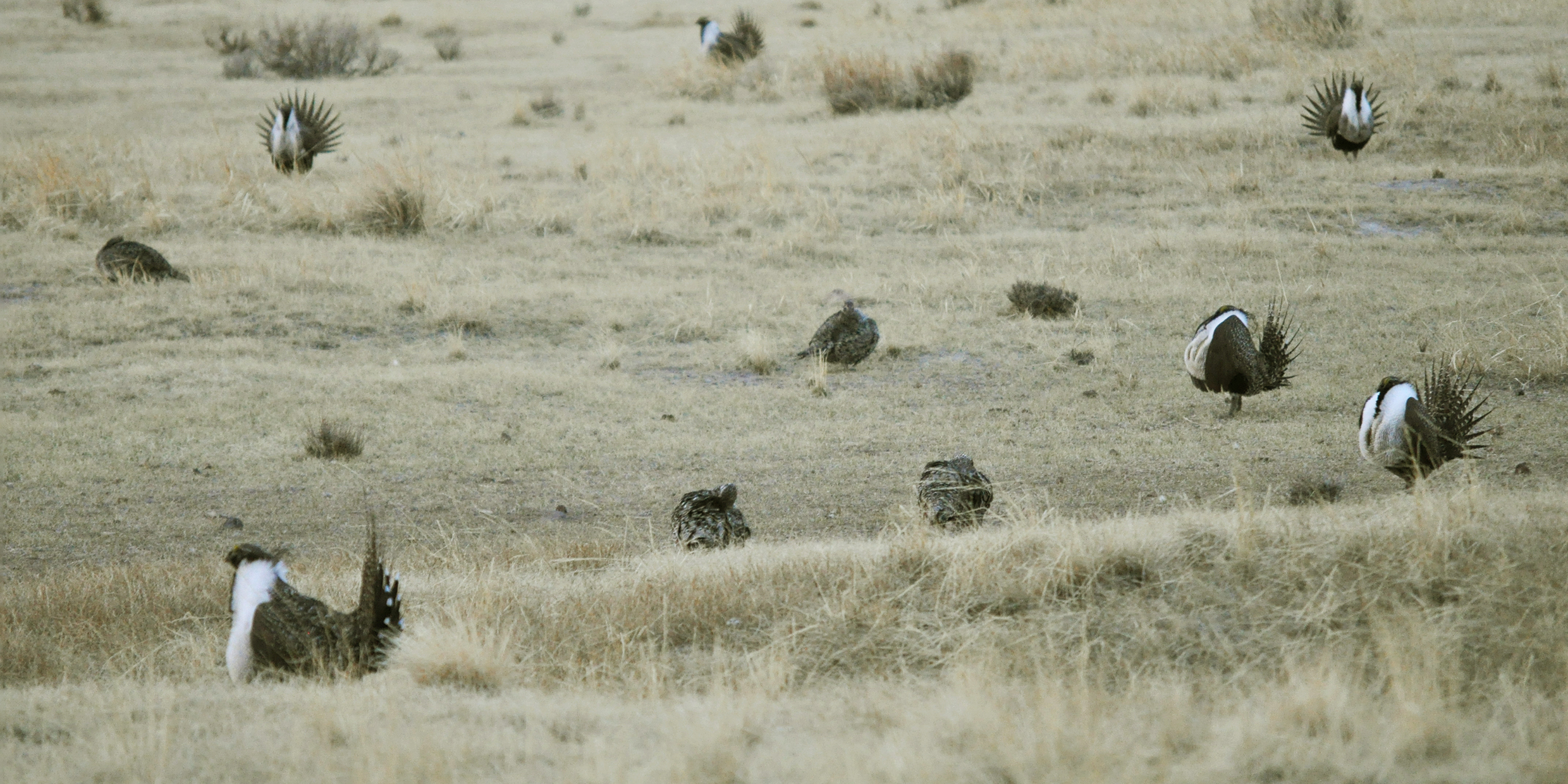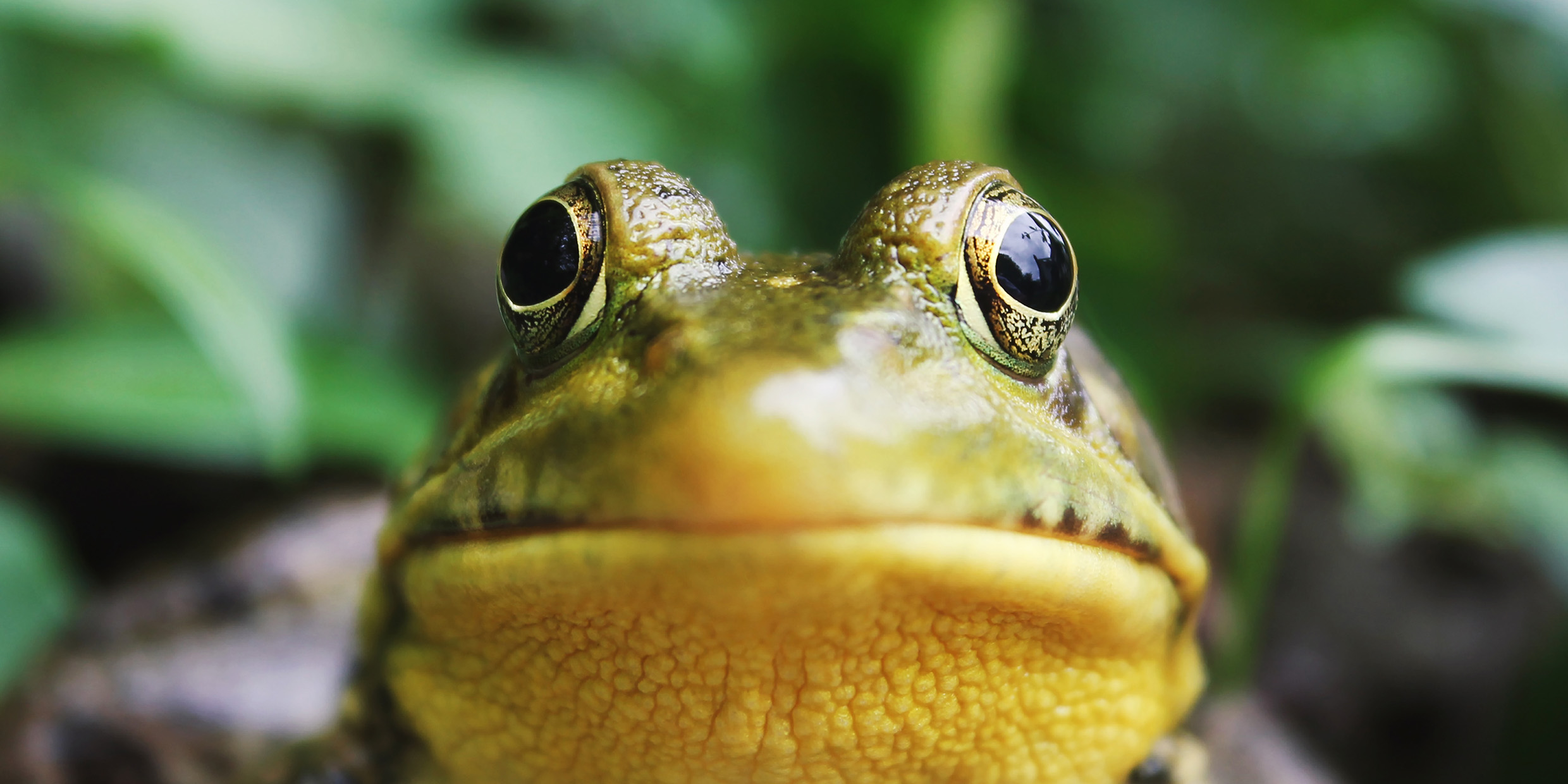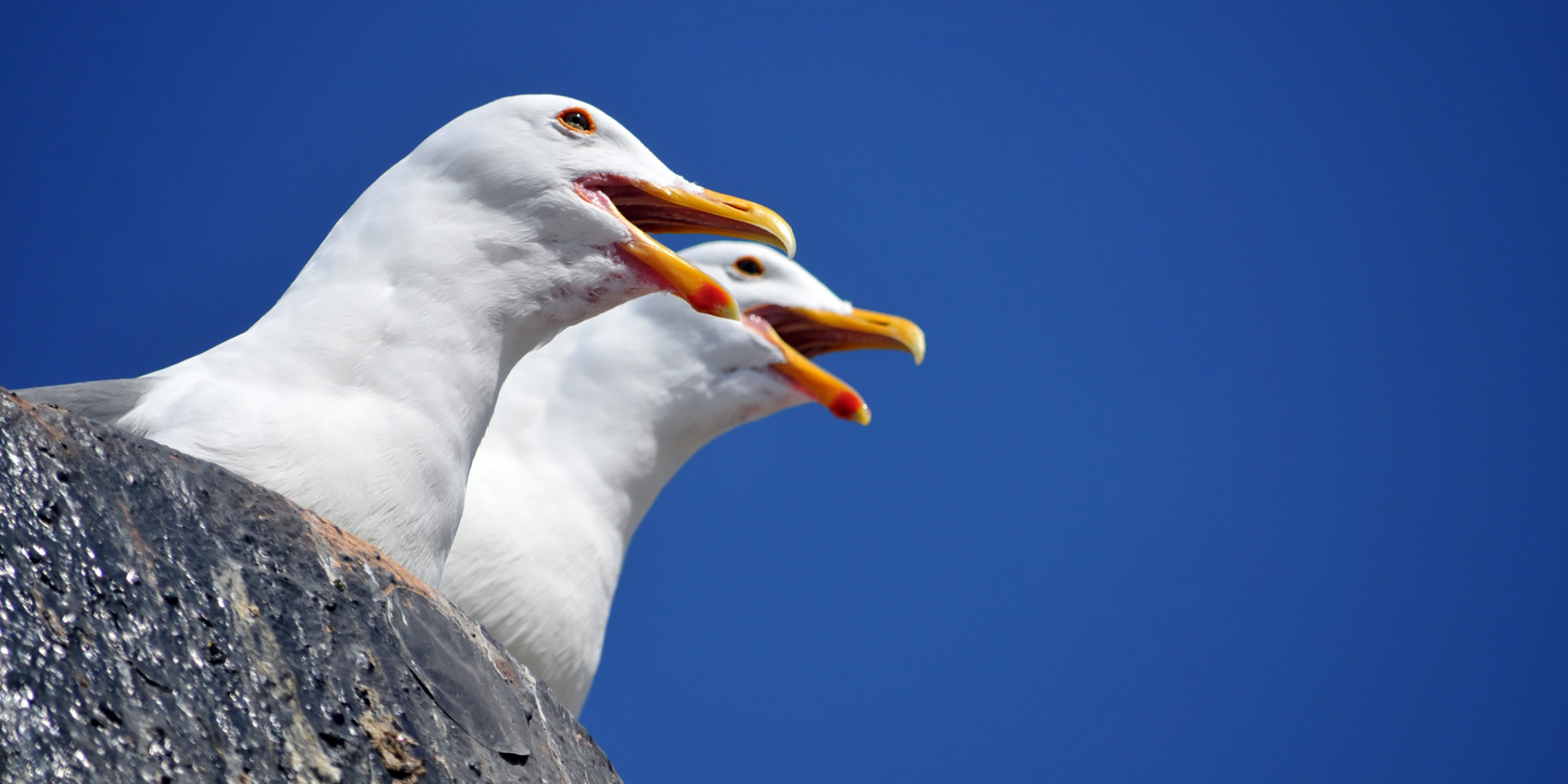Sometime within the next week and a half the red-winged blackbirds will return to Eastern Massachusetts. In my town, the earliest of the spring migrants will arrive on the 26th of February, give or take a few days. Not even an abnormally warm winter will disrupt their schedule.
Biology
But would we really want to live forever?
Why do we die? I’m not talking about death by accident, murder, war, or disease, but the inevitable senescence that comes to us all, the catastrophic decline into old age and death that no amount of care, wealth, or connivance can delay. A lucky mayfly might survive for as long as four weeks, a turtle can live for 150 years, and a human being for a century — but when your number comes, the time is up.
Mysterious sleep
The title jumped off the new-book shelf at the college library — a volume called Why We Sleep.
All hail the fruit fly
Like a Newton, a Darwin, or an Einstein, Drosophila, the fruit fly, begins life as a single cell. Within that cell are the genes that will lead, in the fullness of time, to a human of genius, or to an insect with…ah, shall we say, another sort of scientific fame.
Poetry it’s not
In his Field Guide to the Birds, Roger Tory Peterson gives this characterization of the purple finch: “Male: About the size of a House Sparrow, rosy-red, brightest on head and rump.” Then he adds a traditional description — “a sparrow dipped in raspberry juice.”
Singles bars in the bird world
Here’s one for the habitués of the singles bars. Looking for the perfect mate? Or just a one-night stand? What defines a good pick-up bar? A choice location? A standout crowd? Who’s pulling the strings — I mean really pulling the strings — that control the pickup dynamic?
A world under glass
I have on my desk a clear glass sphere about three inches in diameter, on a plastic stand. The sphere is two-thirds filled with water. The remaining volume contains air. A snip of green algae, sea grass, floats in the water, and four tiny pink shrimp swim lazily about. The sphere is completely sealed. With the exception of heat and light, there are no transactions with the outside environment.
A very small world
Ever since I started working on this column my eyelids have been itching, and I’ve been involuntarily scratching at my wrists and the gaps between my fingers. It may be psychologically induced, but I swear that I feel them — the invading hordes, the microscopic monsters, the aliens.
Jenifer, frogs, and a reverence for life
This is a story in several parts. Chapter 1: Jenifer Graham, a 15-year-old high school student in Victorville, California, refuses to dissect a frog in biology class.
Gullible gulls and roaring deer
It is time to present the First Annual Gullible Gull Award for the most bizarre scientific research of the past year involving experimentation with animals — experiments that Shakespeare might call “wondrous strange.”
